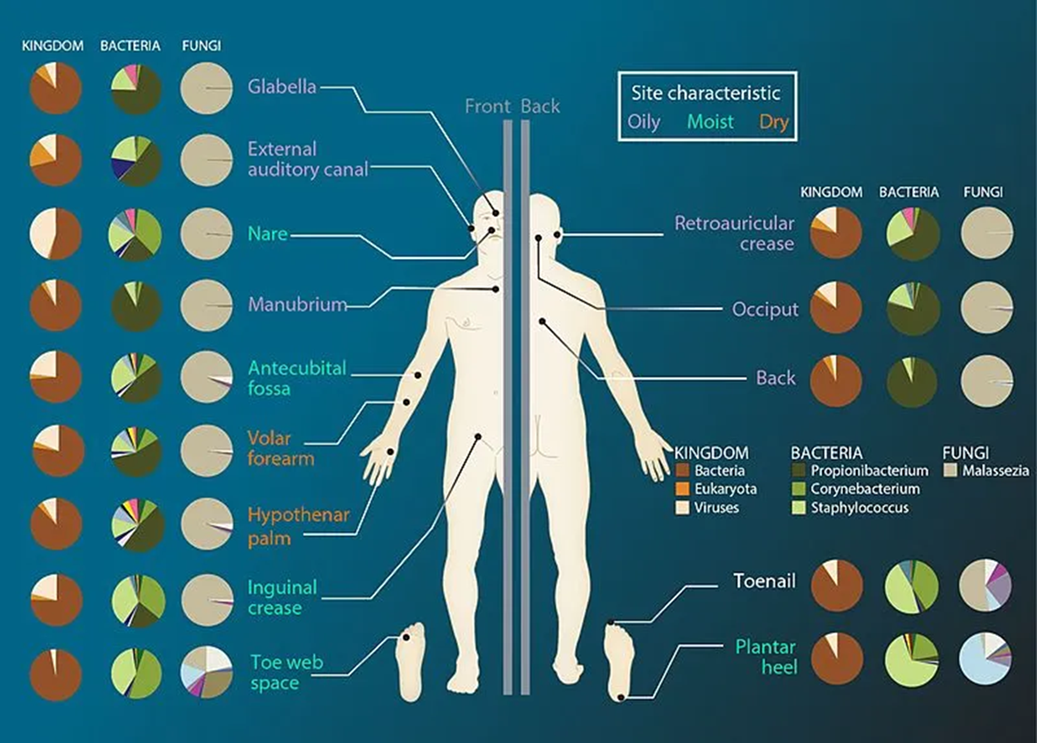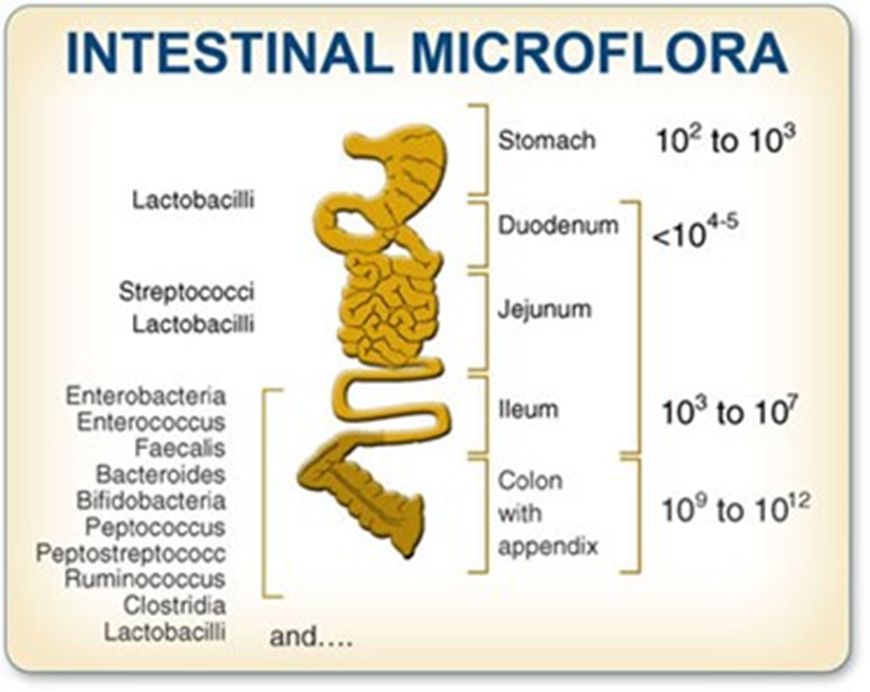microbiology- biological science
1/50
Earn XP
Description and Tags
intoduction to mircobiology
Name | Mastery | Learn | Test | Matching | Spaced |
|---|
No study sessions yet.
51 Terms
what are infectious diseases caused by?
microorganisms
what are the different criteria which must be met in order that a condition falls under the remit of an infectious disease called

koch’s postulates (4 conditions)
what are the 4 koch’s postulates conditions? (theory of germ disease)
The organism responsible MUST be present in EVERY case
It MUST be possible to isolate the organism from a diseased individual and grow it in pure culture
– not always the easiest thing to achieve!
It MUST be able to cause the disease when a healthy animal is infected with the pure culture
The organism MUST be recoverable from an animal which has been experimentally infected

name types of microbes?
bacteria
fungi
protozoa
viruses
algae
what are general properties of bacteria?
prokaryotes
lack organelles
no nucleus
what are general properties of fungi?
eukaryotes
contains a nucleus- may even contain multiple nuclei
contains organelles- e.g. mitochondria
what are general properties of protozoa?
eukaryotes
contains a nucleus- may contain multiple
contains organelles- e.g. mitochondria
what are general properties of viruses?
incapable of independent life- requires a host for replication
what are general properties of algae?
multi and unicellular
eukaryotes
photosynthetic
capable of causing potent toxins
examples of bacteria which can cause human diseases?
Escherichia coli – found in digestive tract
Neisseria gonorrhoeae – causes gonorrhoea
Clostridium tetani – causes tetanus
Mycobacterium tuberculosis – causes tuberculosis
Borrelia burgdorferi – causes Lyme disease

examples of fungi relevant to humans?
Trichophyton rubrum – involved in athlete’s foot
Penicillium chrysogenum - source of penicillin
Aspergillus nidulans – involved in farmer’s lung
Saccharomyces cerevisiae – brewing and baking industries

examples of protozoa associated with diseases?
Giardia lamblia – giardiasis (digestive tract infection)
Trypanosoma brucei – sleeping sickness
Entamoeba histolytica - amoebiasis (digestive tract infection)
Trichomonas vaginalis – trichomoniasis (STI)

exapmles of viruses associated with diseases?
Human Immunodeficiency Virus
Ebolavirus
Hepatitis Viruses
West Nile Virus
Corona Virus

examples of algae associated with diseases?
Gambierdiscus toxicus – ciguatera fish poisoning
Various – amnesic, paralytic, diarrheal, neurotoxic shellfish poisoning
Raphidiopsis raciborskii – Palm Island Mystery disease
Alexandrium catenella – Saxitoxin (nerve agent – classed as WMD)

what are internal organs generally free of?
mircoorganisms
(digestive/urinary tracts are outside the body therefore they have lots of mircoorganisms)
Collectively the microbiota (microbial community ) associated with an organism is called its?
mircobiome
how is the human microbiome distributed?
found in different places, some outside the body and other inside the body
(it also introduces the idea of different levels of diversity)

what are most species of microbe in the human body mircobiome?
bacteria
(these colonise from birth onwards and the population changes overtime)
early bacteria colonisers are known as?
commensal bacteria
what type of relationship does (commensal) bacteria have with its host and describe features?
mutualistic/symbiotic
Access to nutrients
Defence
Multiple factors influence early colonisers
Diet
Environmental factors
Geographic location
Use of antibiotics

what does Healthy (intact) skin acts as a reliable barrier to?
most bacterial attacks
(however many microbes will adhere to the surface of the skin)
Some bacteria can attach to surfaces and grow (biofilms) which often involves?

attachment of bacterial adhesins to glycoproteins of the skin surface
describe bacterial distribution on the skin (external)?
although bacteria can colonise much of the skin, distribution is not even.
certain areas have more mircobes than others and different species in different places
factors influencing skin distribution?
nutrients
moisture
temperature
pH
skin shedding
fluid osmolarity
potential inhibitors
where do the largest number of bacteria tend to be found in on the skin?
regions with most apocrine sweat glands
what are the two groups of skin associated mircobes?
resident microbes
transient microbes
resident population tend to have evolved to preserve?
nutrients in this niche
resident populations produce bacteriocins to kill?
transient species, or help the resident species outcompete the transient species
exposed areas of the skin tend to have high numbers of which microbal species?
transient species
(face, neck, hands, ect.)
conditions are often not favourable for transient species, so what often happens to them?
they cannot replicate and multiply so they die off
transient mircobes come in contact with skin and may attach due to which conditions/factors
environmental
domestic
occupational
what do The digestive tract, respiratory tract and urogenital tract have direct contact with?

the outside of the body
(they also have their own microbial community)
what does the oral cavity provide an excellent environment for?
mircobal growth
why is the oral cavity an excellent environment for mircobal growth?
constant temperature
moist environment
ready supply of nutrients
range of surfaces for attachment
due to food and drink being ingested, what is there a risk of?
mircobes being washed away
(therefore microbes attach to surfaces and also form biofilms)
what are the attachment sites for microbes on the oral cavity?
tongue
teeth
corners of mouth/ lips
gums
epithelial cells
why does the nasal cavity provide favourable conditions for microbal growth?
moist conditions
relatively constant temperature
nutritional sources from secretions
how do microbes enter nasal cavity?
during inhalation
(In more distal areas of the respiratory tract this can also be true, but the mouth provides a point of contact via pharynx)
what is the stomachs pH?
very acidic
pH 1.5-2.0
(however there are still organisms in this area, passed from person to person or from food)
many probiotic mircobes act best in which region of the stomach?
lower gut
however have to survive the acidic condtions of the stomach to get there
an example of an organism that prefers to live in the environment of the stomach?
Helicobacter pylori
This is a major source of gastric ulcers
(Once into the stomach Helicobacter can colonise the mucosal surfaces. Once attached it can cause inflammation and then ulceration)


mircobal community of the small intestine changes due to several variables such as?
age
diet
geographical distribution
antibiotic exposure
health
pH
the number of mircobes in the figure are expressed in terms of what?

numbers per gram of digesta
(Examples of organisms present here are species from the genera Enterococcus, Bacteroides and Lactobacillus)
the hindgut population contains numerous species (very diverse), many of them are?
obligate anaerobes - oxygen is toxic to them
(pH in this area is relatively neutral, 4-7)
what does bacteria do in the large intestine?
helps to break down foods and synthesizes molecules such as some vitamins
what is the relationship between bacteria and the large intestine?
symbiotic
human supplies nutrients
what do microbial numbers and composition in the large intestine change with?
changes with age
(Potential links to increased predisposition to diarrhoea in the elderly)
what can also influence the composition and distribution of the microbial community in the large intestine?
diet
(Vegetarian diet versus those that eat meat
Differences in those eating red meat versus those eating white meat)

Why are probiotics sold?
to enhance digestive efficiency
RECTUM
why is the rectal bacterial population very dense?
due to water being reabsorbed
what metabolites do bacterial population produce in the rectum?
hydrogen sulphide
methane
hydrogen
volatile fatty acids (vfa)